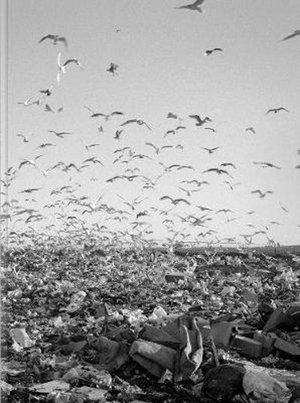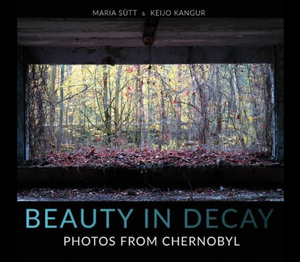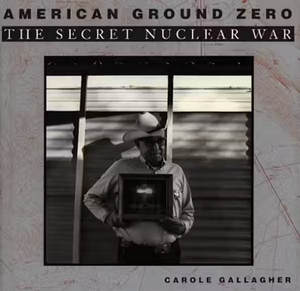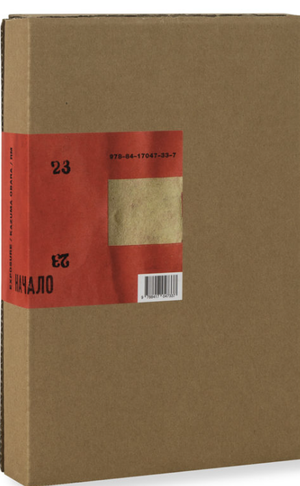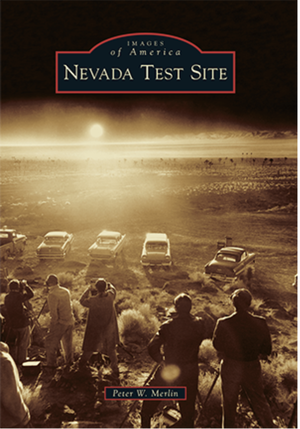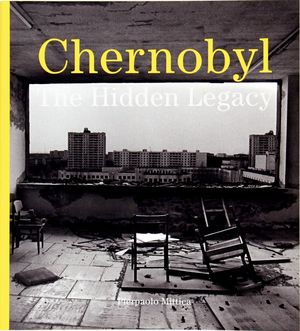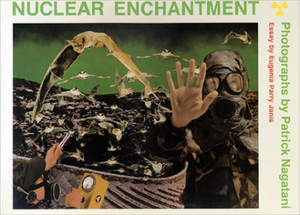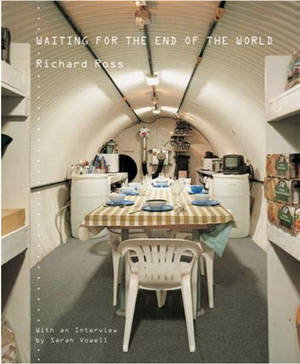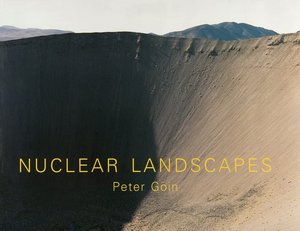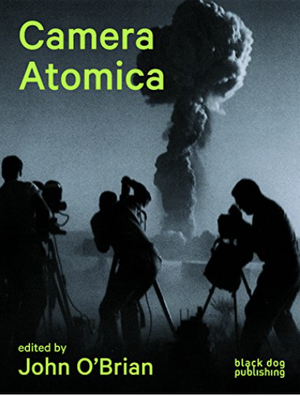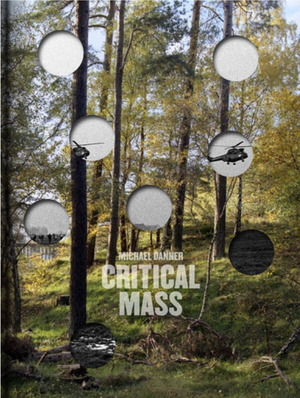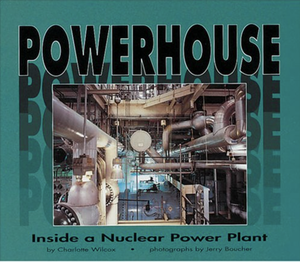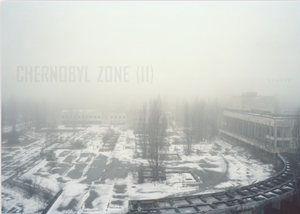Publisher Note
Over a period of three years, Michael Collins photographed the interiors of historic and live nuclear reactors and power stations across the UK. Documenting infrastructure spanning a period of seven decades, the photographs in The Nuclear Sublime depict the present state and future of Britain’s nuclear industry— usually hidden from public view.
When I look at the marvellous images in this book, the word that comes to mind is “vividness”. Collins may attribute this, to some extent, to his use of focus. But focus is merely technical; vividness is psychological. Just as sharpness is technical, while clarity is psychological. His photographs of details feel almost tangible. But it’s his photographs of dense, complex subjects that for me are the most striking. I have the sense that every pipe, every hose, every surface has been attended to and that the whole scene has been integrated with a unity of vision. - Stephen Shore
Collins was granted unprecedented access to Dounreay, Sellafield, Chapelcross, Winfrith, Dungeness, Trawsfynydd, Sizewell A and B, Wylfa and Torness. His large-format photographs show the heart of a live reactor, the storage of nuclear waste, the control rooms and instrumentation, the process of decommissioning old sites, and the insides of fusion “Tokamak” reactors. His photographs depict both the vast scale of the austere chapel-like spaces and intricate details such as rusting control panels with wonky labels, peeling paintwork and miles of wiring. The imagery reveals the contrasts between the monumental size and heights of scientific endeavour with the reality of the sometimes dusty, and worn, outdated equipment and interiors. The images playfully capture the child-like colour palette and pipes alongside abstracted patterns and textures of the intricate infrastructure.
‘A significant proportion of Britain’s retired nuclear power stations are still standing, and because of the issues surrounding their decommissioning (dealing with the radioactive legacy and working in close proximity to it) much of the original infrastructure and equipment remain almost intact. Contrary to industry’s practice of obliterating its history before it can be monumentalised, a significant element of nuclear energy’s archaeology is still standing.’
The world’s first civil nuclear programme was established in the UK, marked by the opening of Calder Hall, Windscale in 1956. The country currently generates about 15% of its electricity from nuclear sources. It has nine operational nuclear reactors at five locations power stations, and fourteen that are no longer functioning. In July 2023, the government launched Great British Nuclear, with the aim of generating 25% of the UK’s electricity by 2050 through a combination of large nuclear plants and small modular reactors. Most existing capacity is to be retired by the end of the decade.
Michael Collins was born in India in 1961. He has lectured at Harvard, The Royal College of Art and Goldsmiths, and is Visiting Professor of Photography, University of Suffolk. His work has been exhibited internationally including at the British Museum, Barbican Art Centre, SK Stiftung, Cologne, Janet Borden Gallery, New York, RIBA Gallery and City Hall, London; Birmingham City Art Gallery; FFoto Gallery, Cardiff and Impressions Gallery, York. He has been commissioned by the Design Council and Network Rail, The Institution of Chemical Engineers, Birmingham City Council and Potteries Museum and Art Gallery amongst others. His work has been published in Frieze, Granta, Apollo, FT Weekend Magazine, The Guardian, RIBA magazine, Blueprint, Evening Standard, Source, Wallpaper*, and Le Monde amongst others. The Nuclear Sublime is his sixth book.
| Publisher | |
|---|---|
| Release Place | Bristol, United Kingdom |
| Edition | 1st edition |
| Release Date | 2024 |
| Credits |
Writer:
Artist:
|
| Printrun | 800 |
| Identifiers |
ISBN-13:
9781739702380
|
| Work | |
|---|---|
| Subform | Photobook |
| Topics | Atomic Energy, Nucleare |
| Methods | Photography |
| Language | English |
| Object | |
|---|---|
| Format | hardcover with dustjacket |
| Dimensions | 30.0 × 25.0 cm |
| Interior | |
|---|---|
| Pages | 174 |


